Brand new to all this!
scraplolly
17 years ago
Related Stories
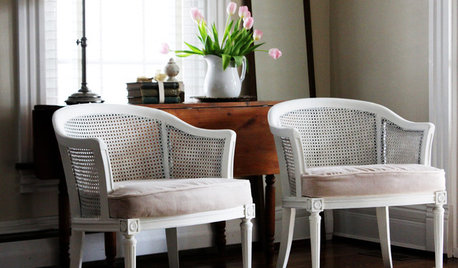
BUDGET DECORATINGBudget Decorator: 8 Ways to Make Old Furniture Look Brand New
Learn stripping, staining, painting and reupholstering basics to make bargain-basement furniture worthy of center stage at home
Full Story
ANTIQUESRoom of the Day: A Well-Worn Look for a Brand-New Home
Forays into antiques markets and online auctions bring old-time flavor to a sleek and soaring living-dining space
Full Story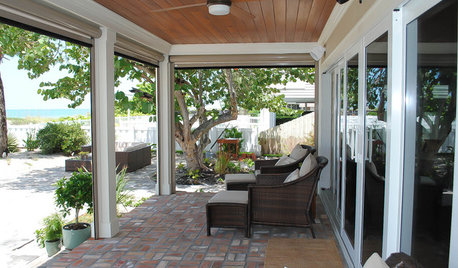
TRADITIONAL HOMESAn Old Florida Bungalow Gets Brand-New Polish
Childhood memories and neighborhood nostalgia live on, as a bungalow on the Gulf Coast gets a gentle update for a new generation
Full Story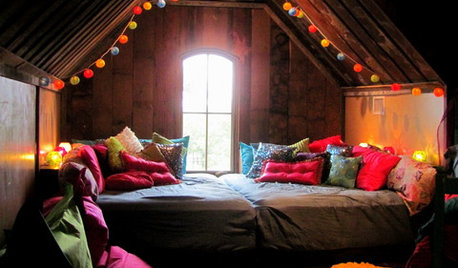
COLORAll the Ways Color Invades Us
Color for alertness, for rest — and for a calming effect? Explore some ways we can benefit from our use of color around the house
Full Story
HOUSEKEEPINGHow to Clean Grout — Stains and All
If your grout is grossing you out, this deep-cleaning method will help it look new again
Full Story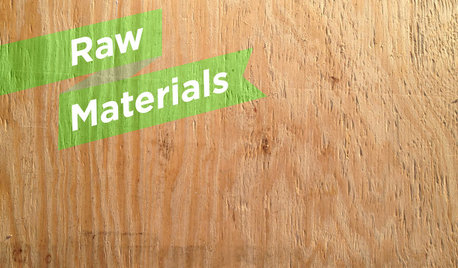
WOODThe Power of Plywood All Around the House
Of course you've heard of it, but you might not know all the uses and benefits of this workhorse building material
Full Story
DECORATING GUIDES9 Ways to Boost Your All-White Color Scheme
Grays, seafoam, metal, wood and more help embolden a white-on-white look so it doesn't leave you cold
Full Story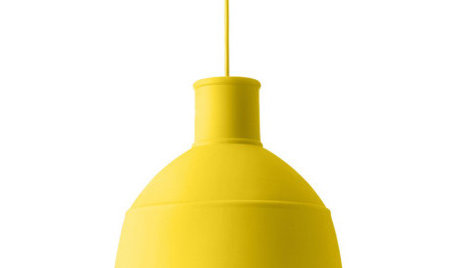
PRODUCT PICKSGuest Picks: Nordic Delights for All Around the Home
Take a style cue from Scandinavia with furnishings and accessories that create a bright, airy feel
Full Story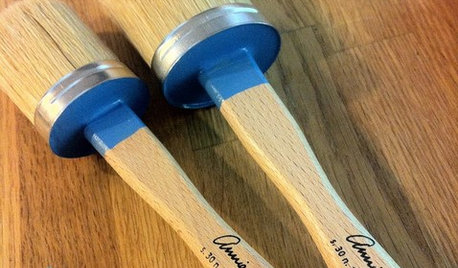
PRODUCT PICKSGuest Picks: Handy Finds for Painting Projects of All Kinds
Make over rooms and furniture more easily and with better results with the right paint and gear
Full Story
GREEN BUILDINGWhat's LEED All About, Anyway?
If you're looking for a sustainable, energy-efficient home, look into LEED certification. Learn about the program and its rating system here
Full Story






scraplollyOriginal Author
garden_chicken
Related Professionals
Ballenger Creek Landscape Architects & Landscape Designers · Parole Landscape Architects & Landscape Designers · Blue Springs Landscape Contractors · Camp Verde Landscape Contractors · Cerritos Landscape Contractors · Gaithersburg Landscape Contractors · Indio Landscape Contractors · Lakewood Landscape Contractors · Long Beach Landscape Contractors · Morrisville Landscape Contractors · Salem Landscape Contractors · Snoqualmie Landscape Contractors · Vashon Landscape Contractors · Wareham Landscape Contractors · Ferguson Landscape ContractorsscraplollyOriginal Author
jroot
scraplollyOriginal Author
ianna
peatpod
ianna
dee_can1
mora
ntaylor_2006
bonniepunch
ianna